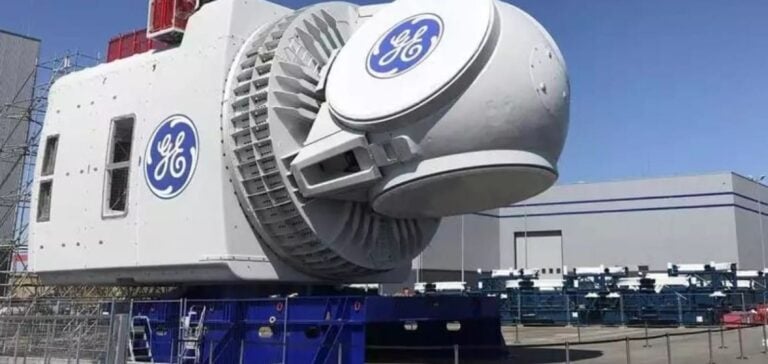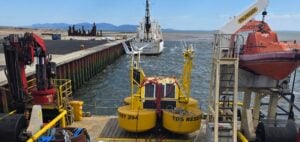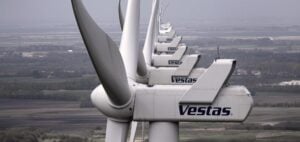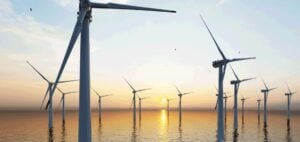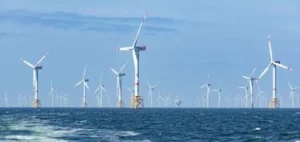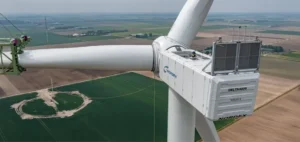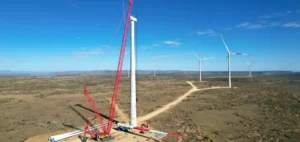Access to the GE Vernova industrial site in Montoir-de-Bretagne, Loire-Atlantique, has been blocked since Friday by the inter-union group made up of the CGT and CFE-CGC. Concrete blocks have been installed at key entry and exit points, as well as at locations deemed strategic by the unions. This blockade aims to disrupt internal flows and voice opposition to the job cuts planned by the group.
According to the unions, 140 jobs are under threat at the Montoir-de-Bretagne site, with forty of them described as “unjustified” for maintaining a viable organizational structure. Union representatives are calling for a revision of the layoff plan and concrete commitments regarding support measures such as reclassification leave, severance pay, and early retirement options.
Parallel Negotiations in Nantes
The Nantes site is also affected by job cuts. According to union statements, 220 additional jobs could be eliminated. This situation is part of a broader reorganization within the group, following the April split that created GE Vernova, the energy division resulting from the General Electric conglomerate.
On Monday morning, management convened union delegates for discussions. According to the inter-union group’s statement, some progress has reportedly been made concerning employment and social measures. However, management reaffirmed its refusal to continue negotiations until the blockade is lifted.
Industrial Impact and Economic Context
The Montoir-de-Bretagne site plays a key role in producing nacelles for offshore wind turbines. The plant notably contributed to the construction of the Saint-Nazaire wind farm, the first offshore wind project in France, as well as the Dogger Bank project in the United Kingdom, one of the largest offshore wind farms under construction.
GE Vernova employs around 7,500 people in France and 75,000 worldwide. The planned job cuts reflect a broader trend in the industrial sector, marked by internal restructuring to optimize costs and productivity. This situation raises questions about the group’s strategic decisions and their impact on local employment.
Unions Mobilized to Limit Job Cuts
Faced with management’s firm stance, the unions are maintaining pressure and demanding guarantees to limit job losses and ensure adequate social support for affected workers. The standoff continues, with stakes high for preserving an industrial activity that is critical for both the wind energy sector and the local economy.


